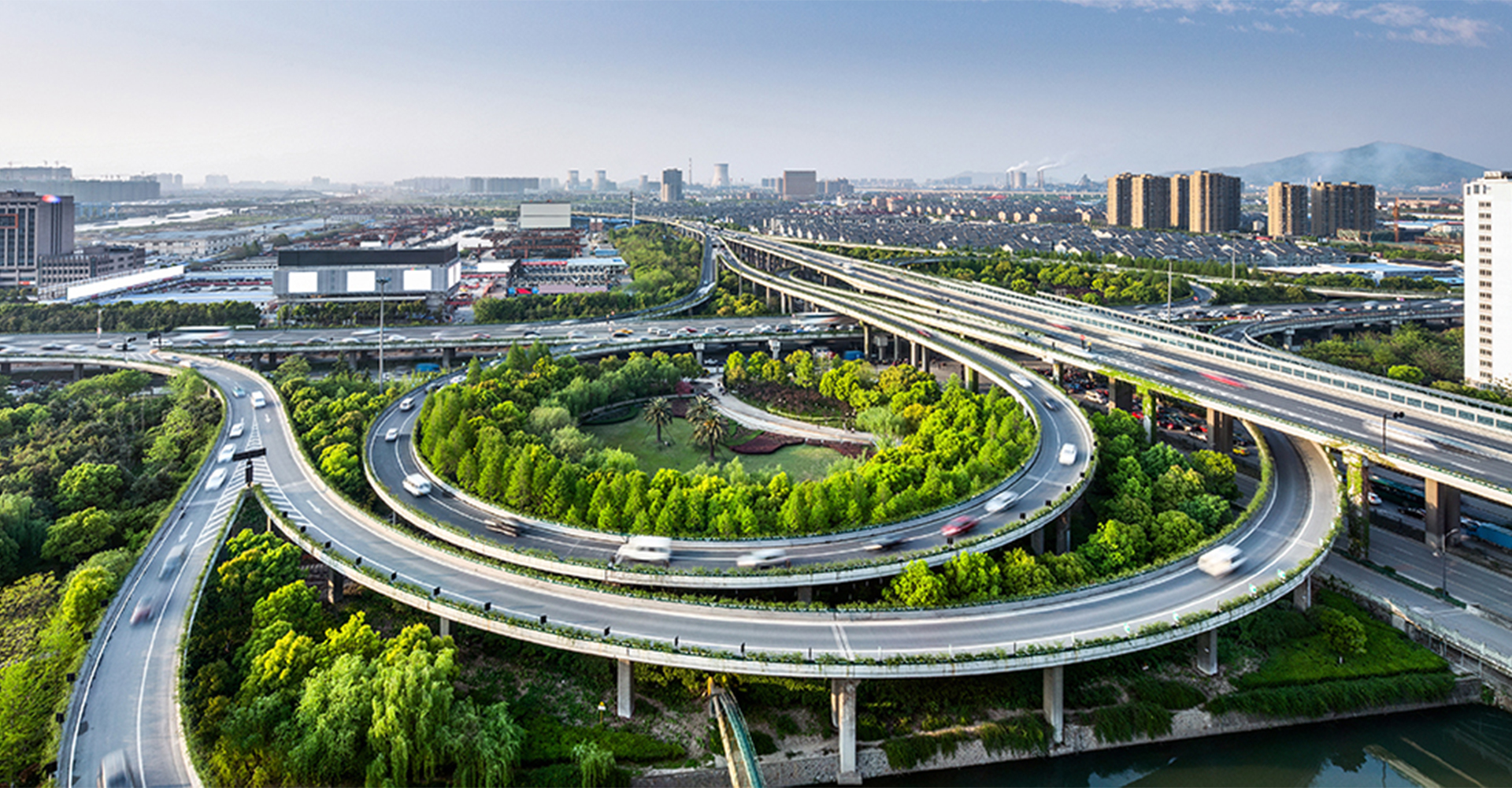Share This Story:
Infrastructure development is a cornerstone of economic progress, particularly in a growing nation like India. It refers to the construction and improvement of essential facilities like transportation networks, communication systems, energy supply, and social amenities such as schools and hospitals. The synergy between real estate growth and infrastructure development in India is undeniable. As the country expands its roads, airports, and urban infrastructure, property prices tend to rise, urban areas grow, and new investment opportunities flourish. This blog explores how infrastructural developments have consistently fueled India’s booming real estate market.
Influence of Transportation and Road Connectivity on Property Prices
The role of transportation infrastructure in the growth of real estate in India cannot be overstated. Improved roadways and transportation networks significantly enhance property accessibility, making certain areas more attractive to both residential and commercial developers. New highways and expressways connect cities and towns, driving up real estate values along these corridors. For example, the expansion of the Delhi-Mumbai Expressway has opened up areas for real estate development, attracting investors and increasing land prices dramatically.
High-quality roads and expressways improve the quality of life for residents and attract businesses by providing easier access to urban hubs. This upward trend in demand leads to higher property prices, benefiting both homeowners and developers. Improved road networks are often one of the first infrastructural projects to spur real estate valuation, as they make it easier for people to commute, shop, and work across wider areas.
Airport-Driven Real Estate Developments
Another significant player in infrastructure is airport development. Proximity to major airports tends to boost real estate demand as these areas become hubs for business, commerce, and tourism. Airport-driven real estate developments attract both commercial investors and residential buyers. Areas around airports in Bengaluru and Delhi have seen skyrocketing property values, drawing people for both employment and connectivity advantages.
Airports bring with them enhanced transportation services, commercial developments, and a surge in employment, all of which make the surrounding real estate more desirable. Property developers eagerly invest in such regions, recognizing the long-term potential for growth. The real estate valuation in these areas often experiences a consistent upward trajectory as the benefits of connectivity extend to residents, businesses, and international travellers alike.
Social Infrastructure and Property Prices
While transportation systems are vital, social infrastructure plays an equally crucial role in boosting real estate prices. This includes amenities like schools, hospitals, shopping malls, parks, and entertainment centers. Locations with robust social infrastructure are highly sought after by families, retirees, and working professionals, all of whom prioritize convenience and quality of life.
For instance, areas around leading hospitals, educational institutions, and large retail centers are prime targets for property developers. A case in point is the boom in real estate in cities like Coimbatore, where investments in malls, healthcare facilities, and educational institutions have made the city highly attractive to homebuyers. Property developers in Coimbatore have capitalized on this by building residential projects that are situated close to essential social infrastructure, enhancing their appeal.
This growing emphasis on social infrastructure not only improves real estate growth in India but also drives urbanization and boosts property demand in emerging cities and satellite towns. As more developers focus on integrating these amenities into their projects, they offer higher living standards, increasing the attractiveness of these areas to prospective buyers.
Conclusion
The symbiotic relationship between infrastructural development and real estate is the driving force behind real estate growth in India. Whether it’s the expansion of road networks, airport-driven developments, or the establishment of robust social infrastructure, each factor significantly contributes to higher property prices and improved urban landscapes. Homebuyers today are searching for homes in areas that offer enhanced connectivity, high-quality social amenities, and the promise of future growth.
Investing in real estate in regions experiencing rapid infrastructural development offers immense benefits to the economic growth of the locality. As cities continue to evolve, well-developed infrastructure promises a higher return on investment and an improved quality of life for residents.
If you are looking to buy a home in Tamil Nadu, Srivari Group is a good choice for residential projects in Coimbatore. Explore the range of properties like Srivari Trisara, which will hugely benefit from Coimbatore’s infrastructural growth. Take the first step toward owning a home today.



